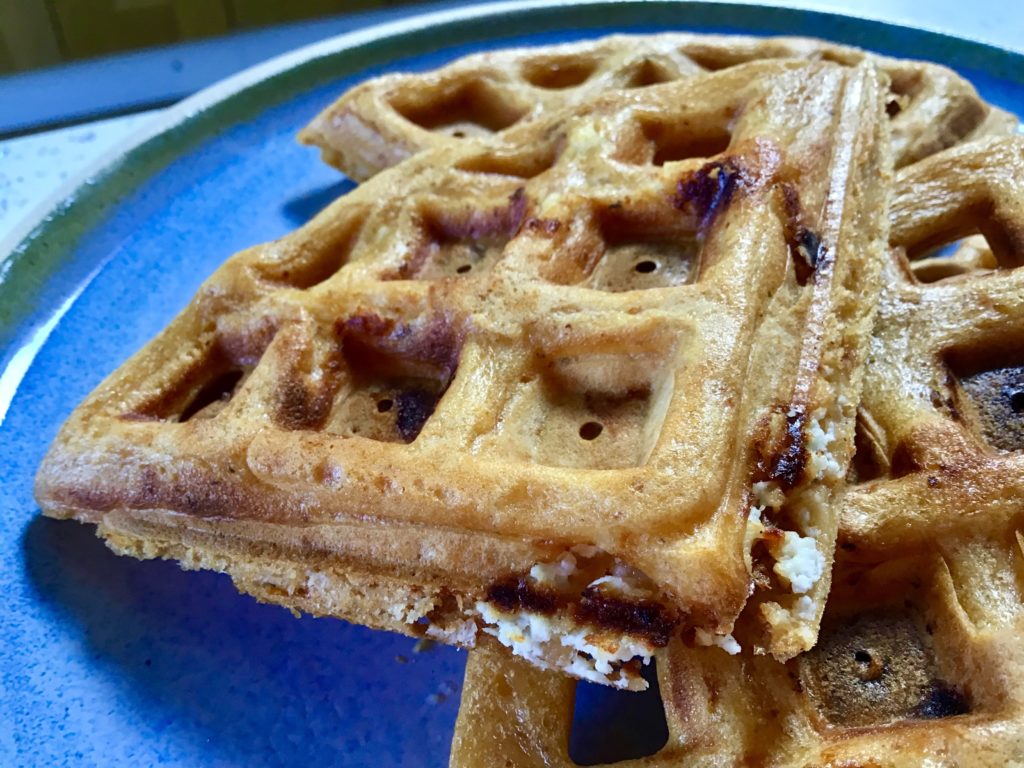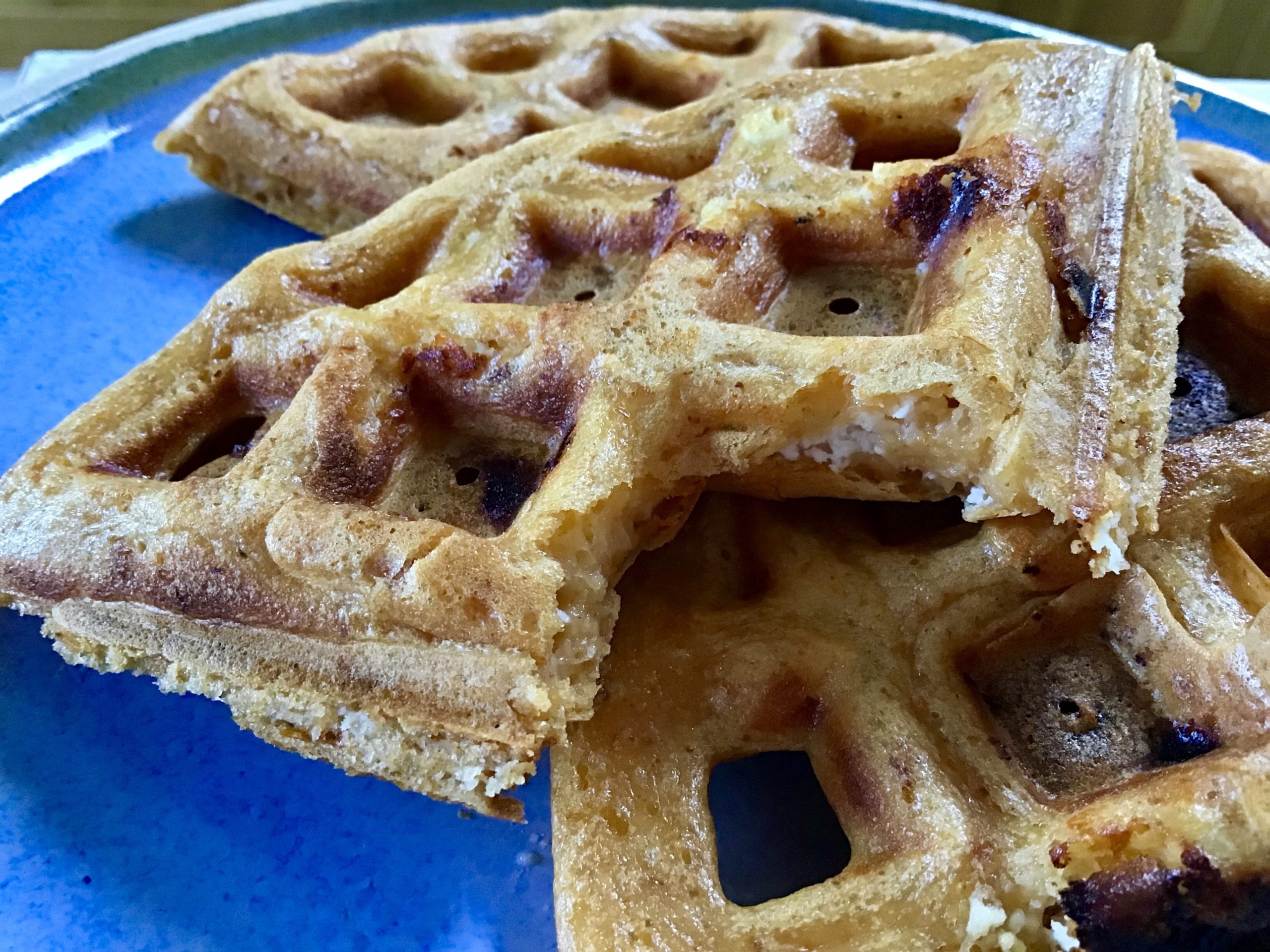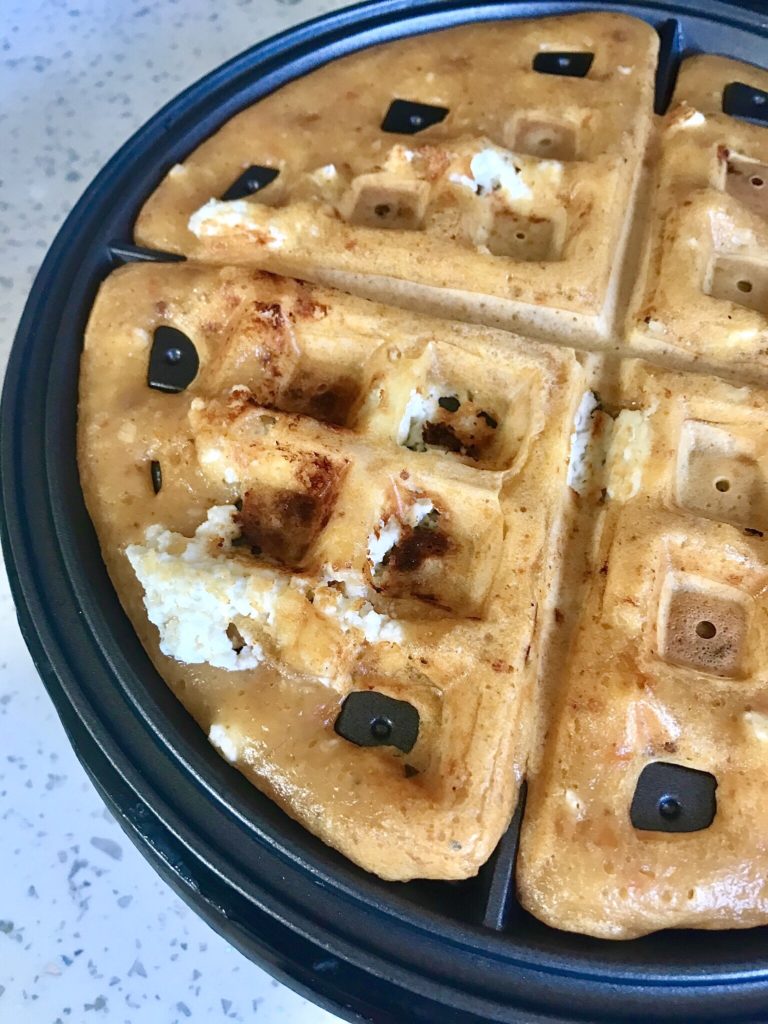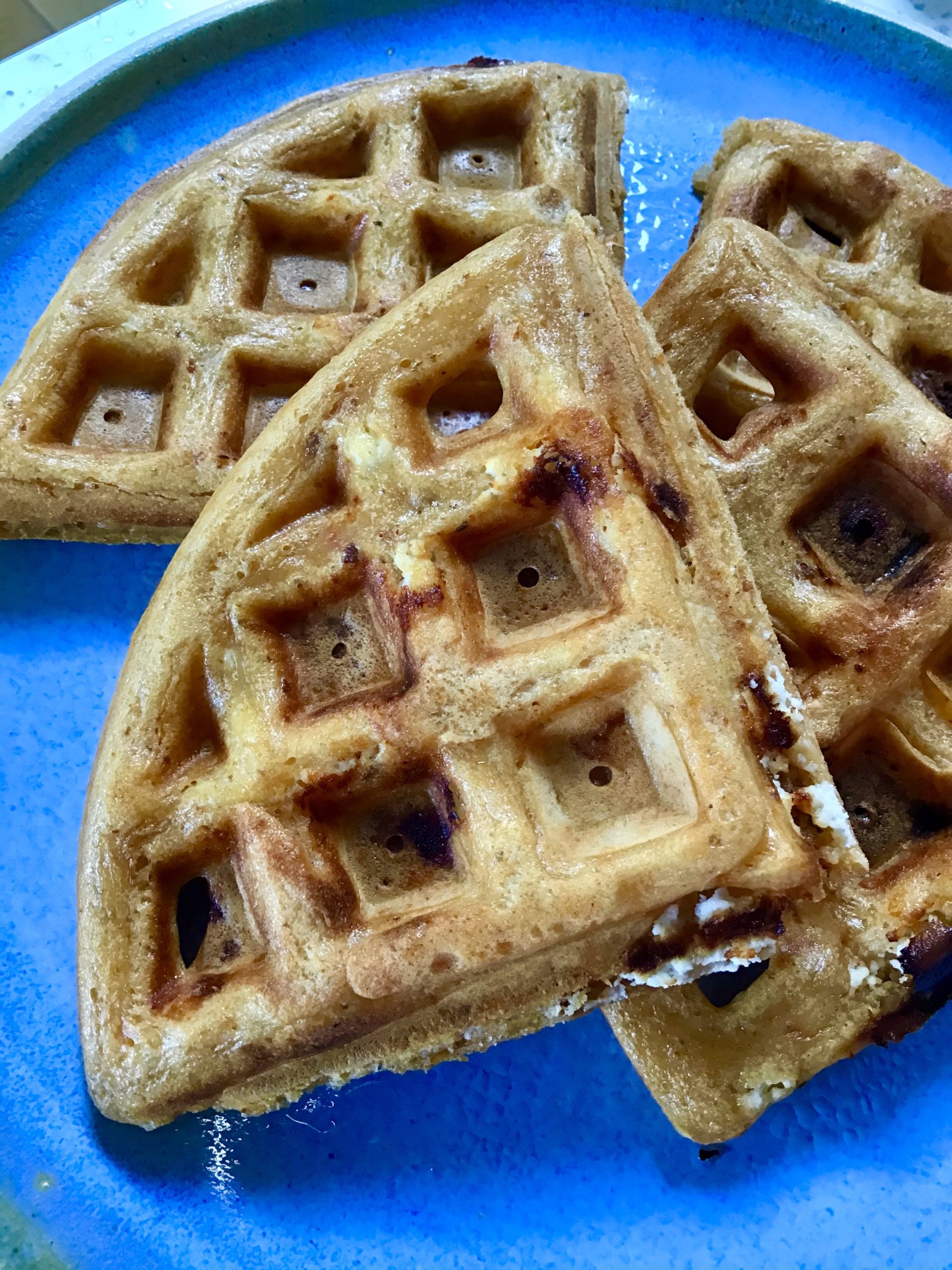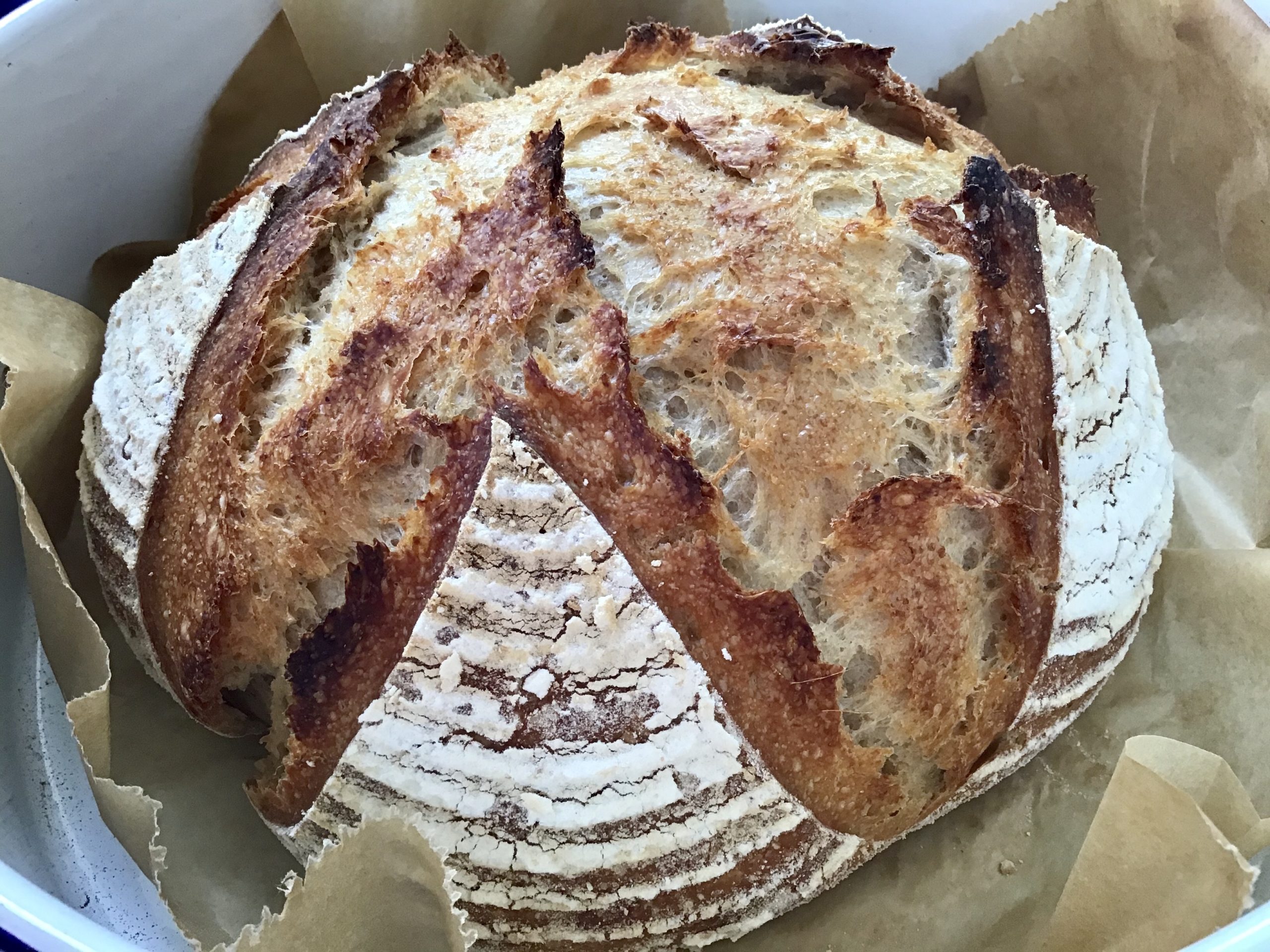
Some more top tips for you and answers to the questions I am most often asked..
Give your starter time, it may look like it’s doing nothing, but it’s building strength, stick with it
If your starter is thin with tiny bubbles, add extra flour to thicken it up, it needs the extra food
If your starter has a layer of murky liquid in the top, it’s not ruined, it’s just hungry. Feed it! And make sure you are not keeping it anywhere too warm, the heat will make it constantly thin and weak
Don’t keep your starter in the oven with the light on, it’s too hot, it will work too fast and always be too thin and weak
The flour you have made your starter from does not need to match the flour in your dough
Follow the process steps and allow your dough time to do its work
Don’t leave dough on the oven overnight with the light on, it will over prove and be spoiled
Check out all of the info on my site about flour, weather, scoring, storing, the FAQs, baking times takes, there’s lots of free info there for you
Check out the equipment list, and..
If you don’t have a banneton, line a similar sized bowl with a clean tea towel and sprinkle it with rice flour
If you don’t have rice flour, grind some uncooked rice, it’s the same thing
You can use any covered oven proof pan just make sure it’s big enough
Sourdough is a wonderfully slow process, let it happen and enjoy it, it will be worth it
Watch your dough and not the clock
Give your dough time to double overnight; depending on the temperature overnight this may take shorter or longer than my usual times stated in my master recipe
If your dough is soft and spreads, use 25g less water in your dough next time
If you dough spreads when you turn it out in the pan, but bakes up to a lovely loaf, don’t worry about the spreading, enjoy your loaf
Always my biggest and most important tip:
If it tastes good IT IS GOOD!
Don’t focus on looks and holes and scoring, they don’t make it taste any better, enjoy what you’ve created, it’s amazing x x

